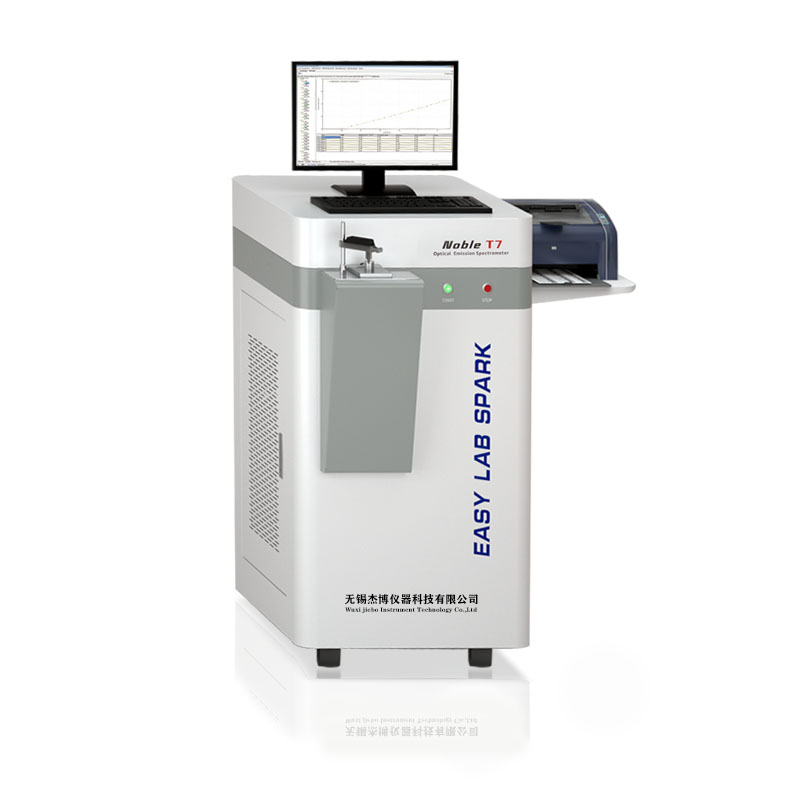Purchasing optical emission spectrometer generally require preparations for the laboratory's installation conditions and requirements. Once the installation conditions are met, the instrument can be successfully installed and the instrument can be operated normally. The following small series will be arranged for you to read the installation conditions and requirements of the direct reading spectrometer laboratory.

1. Optical emission spectrometer laboratory room environment requirements:
The size of the room should be moderate. Generally, the area should be larger than 16m2. It is too small, it is crowded, too large, and the room temperature is not well controlled. In order to prevent dust, the laboratory should preferably use double-layer windows and doors. The laboratory should have the necessary width so that the instrument can enter and exit smoothly, and there should be enough space for movement and safe passage to avoid accidents.
2. Humidity temperature requirements:
The laboratory should be equipped with a corresponding humidity detector (such as a thermometer and hygrometer) to read and monitor the temperature and humidity of the laboratory at any time. In order to ensure the stability of the laboratory temperature and humidity, air conditioning must be provided. The ambient temperature in the laboratory is generally 15~25°C, and the humidity is controlled at 45%-75%. If the instrument is kept in normal operation, the change in laboratory temperature should not be too large. Under normal circumstances, the change per hour is not more than 2 ° C, the daily temperature change does not exceed 10 ° C, and the optimum humidity is 70%. In this temperature and humidity range, the stability and data quality of the instrument can be ensured.
3. The earthquake protection requirements:
In order to obtain good shock resistance, the laboratory ground requirements are preferably above 50cm above the ground surface, as far as possible on the shorter floors (1-3 floors), no obvious shock, and the impact resistance is 10 gravitational acceleration.
4. \Anti-interference requirements:
The laboratory should be away from large equipment (such as medium frequency furnaces, transformers and other high frequency generating devices) and places where the grid is unstable and electromagnetic interference is small. The house requires anti-electromagnetic interference, and the RF signal attenuation is greater than 103dB.
5. Dust requirements:
Indoor dust requirements are less than 500 particles/thousands of liters. Keep away from chemical corrosive gases. The instrument should be protected from direct sunlight and away from the vents (cold vents or hot vents).
6. Instrument workbench configuration requirements:
In order to facilitate the operation of the instrument, the user needs to have a computer workbench (can be placed on a computer, printer), equipped with 1-2 mobile seats, and the computer workbench must be equipped with a power socket board with a grounding jack.
7. Power requirements:
Total power requirements: single-phase voltage 220VAC ±10%, current greater than 20A, 50Hz±0.5%, in order to make the spectrometer safe for long-term use, it needs to be equipped with single-phase 220VAC power 1-3KW magnetic saturation regulated power supply, the regulated power supply The quality is required to be stable and the reaction time is less than 10ms.
8. Argon requirements:
The purity of the argon supply must be above 99.999%. The purity of the gas will directly affect the analytical quality of the sample. If the gas contains more impurities, the stability of the excitation will be greatly reduced, and the parallelism and reproducibility of the measurement will be deteriorated. Therefore, users are strongly recommended to use high purity argon, otherwise it will bring unnecessary trouble to the analysis. If the user purchases high purity argon gas is difficult, an argon purifier must be equipped.
9. Power failure protection requirements:
In order to prevent sudden power failure of the power grid, and then call again, this will have an impact on the instrument. Therefore, it is required to install a magnetic starter with a current of not less than 20A between the total power supply and the regulated power supply to prevent damage to the instrument caused by sudden power failure. (It is also possible to add a power-off protector, using an AC contactor plus a double-button switch circuit, the rated current is greater than 20A, if there is an online UPS, it is not equipped).
